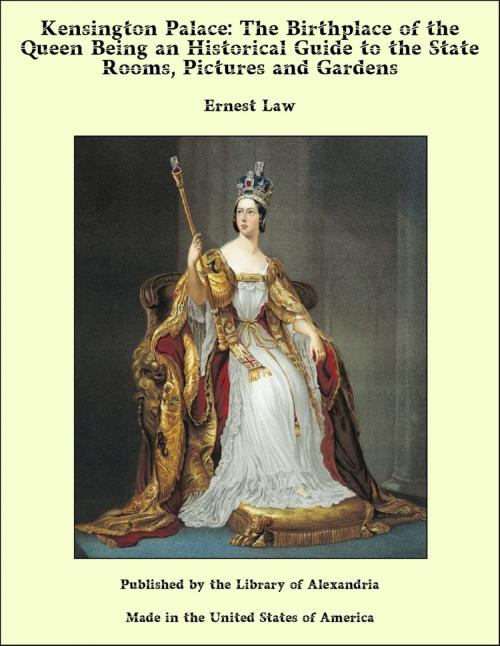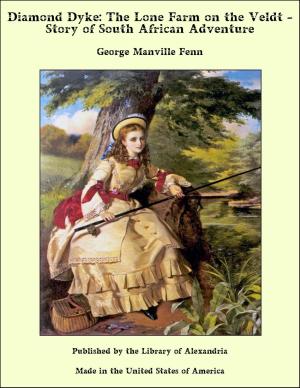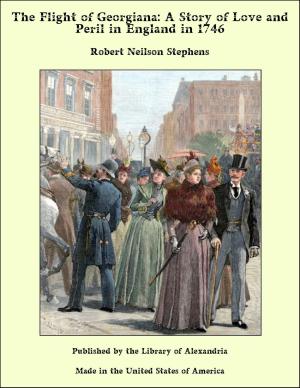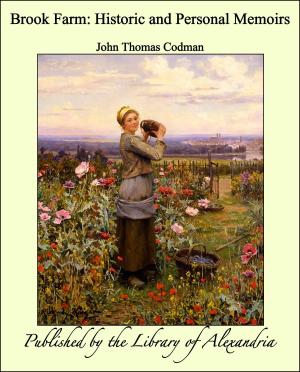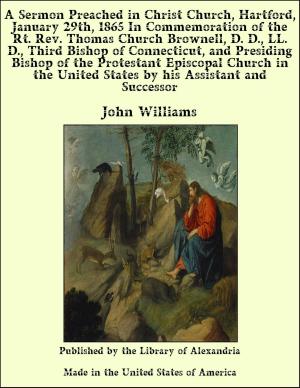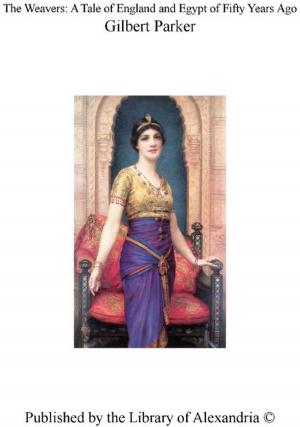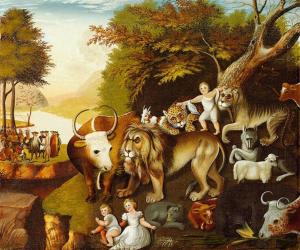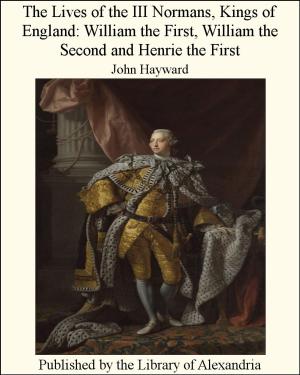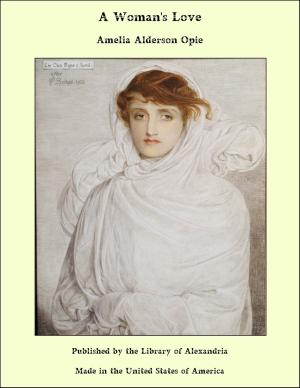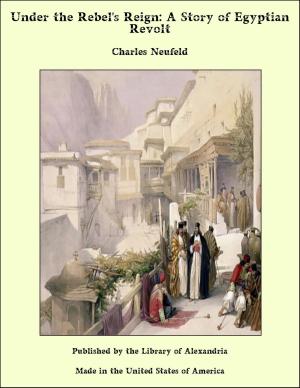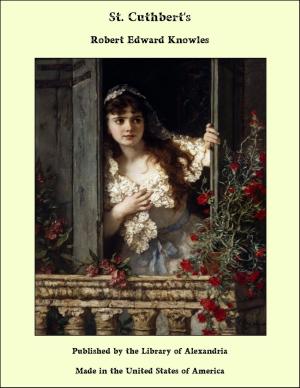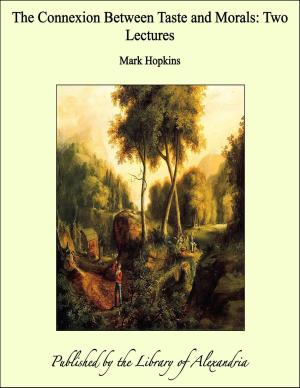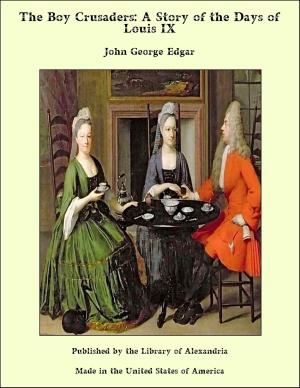Kensington Palace: The Birthplace of the Queen Being an Historical Guide to the State Rooms, Pictures and Gardens
Nonfiction, Religion & Spirituality, New Age, History, Fiction & Literature| Author: | Ernest Law | ISBN: | 9781465613592 |
| Publisher: | Library of Alexandria | Publication: | March 8, 2015 |
| Imprint: | Language: | English |
| Author: | Ernest Law |
| ISBN: | 9781465613592 |
| Publisher: | Library of Alexandria |
| Publication: | March 8, 2015 |
| Imprint: | |
| Language: | English |
KENSINGTON PALACE, built by William and Mary, occupied by Queen Anne as one of her favourite residences, enlarged by George I. and greatly appreciated by George II. and his queen, Caroline, has received a greater renown and more interesting associations from having been the birthplace and early home of Queen Victoria. In celebration of the eightieth anniversary of that ever-memorable and auspicious event, Her Majesty decided on opening the State Apartments free to the public on the 24th of May, 1899, during Her Majesty’s pleasure. Before recapitulating the events of the Queen’s early life here, we must give a brief outline of the history of the Palace since it became a royal residence. The original building, of which it is probable that a good deal still stands, was erected mainly by Sir Heneage Finch, Lord Chancellor and Earl of Nottingham, who acquired the estate, including some hundred and fifty acres of meadow and park—now Kensington Gardens—from his brother Sir John Finch. Hence it was known as Nottingham House; and under that title it was bought from Daniel Finch, the second earl, for the sum of 18,000 guineas, in the summer or autumn of 1689, by King William III., who was anxious to have a convenient residence near enough to Whitehall for the transaction of business, and yet sufficiently far to be out of the smoky atmosphere, in which he found it impossible to breathe. The King, assisted by his Queen, at once set about enlarging and embellishing the mansion, and laying out new gardens.
KENSINGTON PALACE, built by William and Mary, occupied by Queen Anne as one of her favourite residences, enlarged by George I. and greatly appreciated by George II. and his queen, Caroline, has received a greater renown and more interesting associations from having been the birthplace and early home of Queen Victoria. In celebration of the eightieth anniversary of that ever-memorable and auspicious event, Her Majesty decided on opening the State Apartments free to the public on the 24th of May, 1899, during Her Majesty’s pleasure. Before recapitulating the events of the Queen’s early life here, we must give a brief outline of the history of the Palace since it became a royal residence. The original building, of which it is probable that a good deal still stands, was erected mainly by Sir Heneage Finch, Lord Chancellor and Earl of Nottingham, who acquired the estate, including some hundred and fifty acres of meadow and park—now Kensington Gardens—from his brother Sir John Finch. Hence it was known as Nottingham House; and under that title it was bought from Daniel Finch, the second earl, for the sum of 18,000 guineas, in the summer or autumn of 1689, by King William III., who was anxious to have a convenient residence near enough to Whitehall for the transaction of business, and yet sufficiently far to be out of the smoky atmosphere, in which he found it impossible to breathe. The King, assisted by his Queen, at once set about enlarging and embellishing the mansion, and laying out new gardens.
